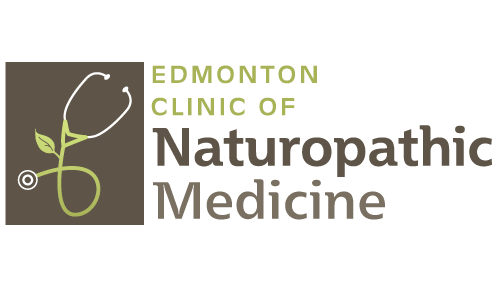Athletic Therapy: How We Can Help
Who we are
Athletic Therapists specialize in musculoskeletal injuries. This entails everything from muscle imbalance and dysfunction from overuse or repeated postures, muscle strains and ligament sprains from repeated or explosive movements, muscle retraining after injury, inhibition or surgery, and return to function after surgery, casting or bracing
Other services we offer:
ambulatory aid assessment and training
Postural assessment
Gait assessment
Movement screening
Ergonomic assessment
Tools we use:
Manual therapy
Joint Mobilizations
Exercise therapy
Soft tissue and facial mobilization
Ultrasound and electrotherapy
Muscle Energy Technique
Traction principles
Movement screening techniques
Goniometers to measure joint range
Swiss, bosu, lacrosse, tennis, medicine, and golf balls
Airex balance pads, wooden balance boards, sit discs
Resistance bands, dumbbells, Mulligan mobilization belts
What to expect in a treatment session:
Initial assessment:
You can expect to spend 60 minutes reviewing injury history, past medical history, mechanism of injury, chief complaint, training/work status, training/work environment and surfaces, joint range of motion, postural assessment, gait assessment, strength testing, palpation of affected and unaffected limb, observation of injured area compared to the non injured area (skin color, tone, wound care), movement analysis, and special assessment tests to confirm or deny dysfunction mechanism. A short treatment session will follow after the assessment is completed.
Follow up appointment:
If the cause of the injury is not rectified in the initial assessment session, a follow up appointment will be recommended. This will involve briefly reviewing findings in the initial assessment, and immediately targeting the source of the pain or dysfunction. The treatment session will involve decreasing tension in tight structures and strengthening weak structures and creating muscle balance around the joints. If necessary, other modalities will be implemented including: joint mobilizations, muscle energy technique, soft tissue and facial mobilization, and ultrasound and electrotherapy.
You can expect the use of manual (hands on) therapy in the session, and can always count on exercise or mobilization techniques to be prescribed to work on at home.
Why would someone come?
Athletic therapy is for everybody. Whether you’ve experienced chronic low back pain while running or sitting at a desk, shoulder pain when gardening or playing volleyball on the weekends, or knee pain when descending stairs or doing squats at the gym, everyone deserves the chance to return to pain free function and Athletic Therapy offers this solution.
Specific Treatments:
joint mobilizations: staying within the physiological range of the joint and using gentle oscillations to restore proper joint position
muscle energy technique: using contraction and relaxation of muscles to move the joint to optimal position
soft tissue mobilization: using manual (hands on) techniques to apply pressure or stretching to decrease the tension in the muscle
What is the difference between Athletic Therapy and Physiotherapy?
Athletic therapy is a health care profession that specializes in musculoskeletal dysfunction and injury. Similar to physiotherapy, athletic therapy offers assessment, prevention, rehabilitation and education of acute or chronic injuries. Athletic therapists must hold a First Responder certification and can be responsible for emergency care. Athletic therapists specialize in acute field trauma, sideline assessment and return to play, recent or previous concussion assessment and management, equipment fitting, ergonomic assessment, taping and bracing techniques, and musculoskeletal pre-surgery strengthening and post surgery rehabilitation.
Physiotherapists work within a broader patient scope than Athletic Therapists. This can include persons with chronic diseases and conditions, neurological disorders, burn injuries, heart and lung disease or disorders, musculoskeletal injury and pre and post surgical rehabilitation. Physiotherapists may also hold an acupuncture, IMS, or grade 5 mobilization certification.
Although variable throughout practitioners, Athletic Therapists and Physiotherapists are similar in taking a detailed history, performing a thorough assessment, providing appropriate treatment, executing effective rehabilitation, and educating the client on the injury and appropriate home care.
Additional Information on both practitioners can be found on the following websites:
www.athletictherapy.org
www.physiotherapy.ca
Insurance
While we are unable to direct bill insurance providers for athletic therapy, please check with your insurance company to see if your plan will reimburse you.
Although Athletic Therapy is often covered by the insurance providers listed below, it may not be covered in the policy your employer chose. You can request to add it to your insurance by contacting your employer to make a change to your insurance policy. Below is a link for a template letter to employers and insurance companies requesting Athletic Therapy coverage.
https://athletictherapy.org/en/public-resources/insurance-information/
Alberta Blue Cross
Canadian Life Assurance
The Economical Insurance Group
Liberty Health
Premier Life
Great West Life
Sunlife
-contributed by Tamara Smith (Athletic Therapist)
